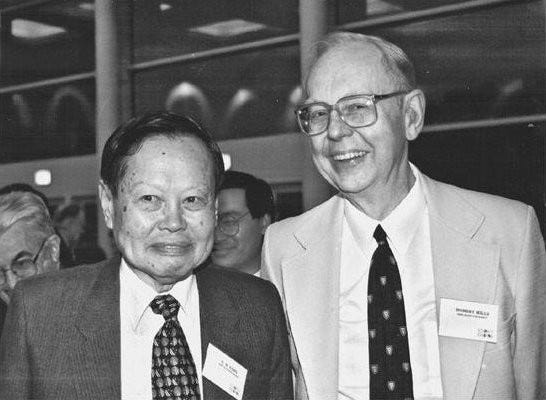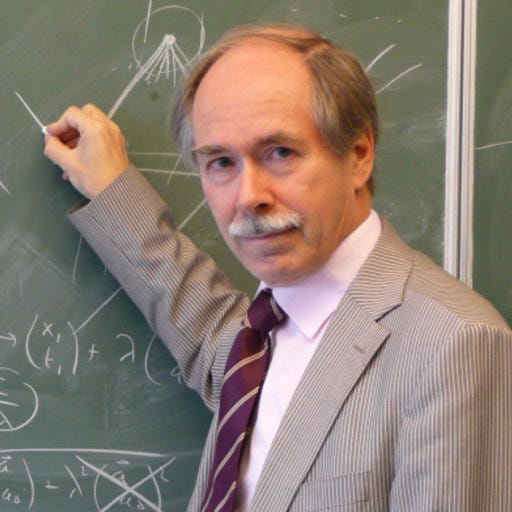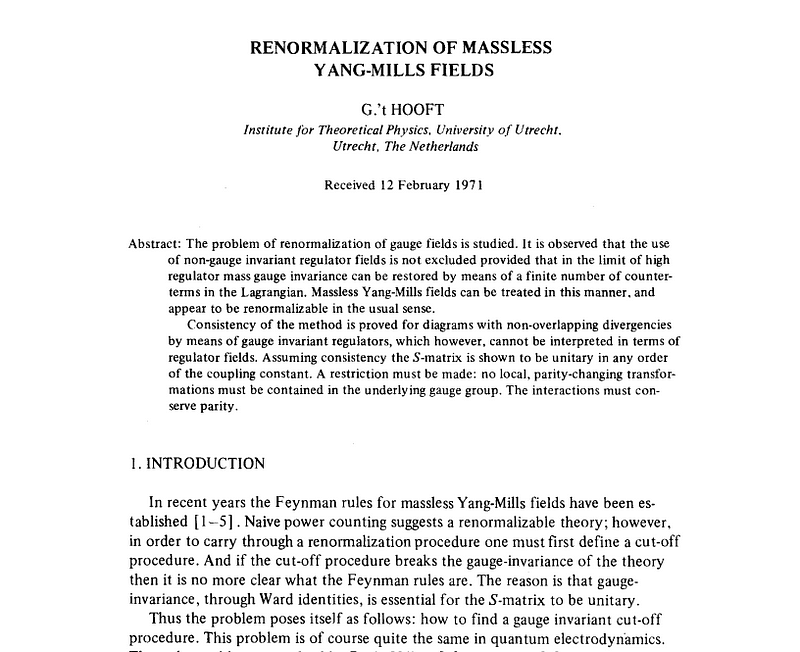# Yang-Mills Field and Renormalization: A Quantum Revolution
Written on
Chapter 1: Breaking New Ground in Particle Physics
In the realm of particle physics, the post-1960s era marked a significant shift with the advent of atom smashers, leading to the discovery of numerous new particles. This surge of findings posed a daunting challenge for physicists, who struggled to devise a coherent framework for understanding and categorizing these particles. Despite countless unsuccessful endeavors, hope remained elusive. However, a graduate student named Gerard ‘t Hooft emerged as a beacon of optimism for the particle physics community. While studying at Utrecht University, he published a pivotal paper that would reshape contemporary particle physics.
In 1968, under the guidance of his advisor Martinus Veltman, ‘t Hooft tackled a complex issue known as the Yang-Mills field. A key challenge was that the Yang-Mills field lacked normalization. Before delving into what renormalization entails, it is essential to grasp the nature of the Yang-Mills field itself.
Yang-Mills Field: A Cornerstone of Modern Physics
The Yang-Mills field serves as a fundamental element of the modern standard model of particle physics. This model not only characterizes various elementary particles but also identifies the carriers of three of the four essential forces in nature: the electromagnetic, strong, and weak nuclear forces. While the electromagnetic force is not the focus here, we will examine the latter two.
In essence, the strong nuclear force binds nucleons—protons and neutrons—together. However, these nucleons are not considered fundamental particles according to the standard model, as they consist of even smaller entities called quarks. These quarks are held tightly together by a force mediated by particles known as gluons. The quantum energy exchanged through gluons is so formidable that breaking apart quarks is virtually impossible with current technology, a phenomenon termed quark confinement. But how does the Yang-Mills field factor into this picture? The gluonic field is mathematically represented by Yang-Mills theory, similar to how Maxwell’s equations describe the electromagnetic force.

In addition to the strong force, the weak force—which affects leptons such as electrons, muons, and their neutrino counterparts—is also modeled using the Yang-Mills field. The force carriers for weak interactions are the W and Z bosons, whose interactions and mathematical descriptions are well articulated through Yang-Mills theory.
The Renormalization Challenge
Yang-Mills theory originated from the work of two theoretical physicists, Dr. Chen-Ning Yang and Robert Mills, between 1953 and 1954. Although the theory is often attributed to them, it is less known that Ronald Shaw, a graduate student at Cambridge, independently developed similar ideas alongside Abdus Salam in 1954.

The primary issue surrounding the theory at that time was its lack of renormalizability. In simple terms, renormalization refers to the challenge of obtaining finite results when applying the theory to basic interactions. This limitation suggested that quantum mechanics was inadequate for describing strong and weak interactions. As physicist Michio Kaku notes in his book Hyperspace, this period represented a time when “Quantum Physics had hit a brick wall.”
It was during this critical juncture that Gerard ‘t Hooft made his mark. Nearly two decades after the introduction of Yang-Mills theory, he addressed the renormalization problem. Physicists had assumed the theory was non-renormalizable because they employed perturbation theory for calculations, which often led to infinite results. Perturbation theory simplifies complex quantum systems through clever approximations. In 1971, ‘t Hooft published a groundbreaking paper detailing his work on renormalized Yang-Mills fields. By the 1970s, the Yang-Mills field was applied to strong interactions, extending its earlier use in weak interactions. ‘t Hooft’s contributions rendered Yang-Mills theory a robust, consistent framework, effectively reviving quantum mechanics in the context of nuclear matter interactions.

The Quest for Completeness
The standard model has proven to be an effective theory for describing elementary particles and their interactions, including the Higgs field and the Higgs Boson, which gives certain particles their mass. It successfully articulates three fundamental forces; however, it fails to account for gravity and its proposed carrier, the graviton. This limitation necessitates the development of a comprehensive theory that encompasses all four fundamental forces.
While such a theory remains unrealized, promising candidates like superstring theory and loop quantum gravity have emerged, each with its strengths and weaknesses. Future discussions may delve deeper into these theories of quantum gravity.
Thank you for taking the time to read this. If you found this article engaging, please consider clicking the clap icon. To support my work, you can become a Medium member through this link or buy me a coffee. Stay tuned for more insightful articles!
Chapter 2: Understanding Yang-Mills Theory and Its Implications
This video provides an overview of Yang-Mills theory, exploring its foundational concepts and significance in quantum field theory.
In this video, the intricacies of Quantum Yang-Mills Theory in two dimensions are discussed, shedding light on its unique characteristics and applications.